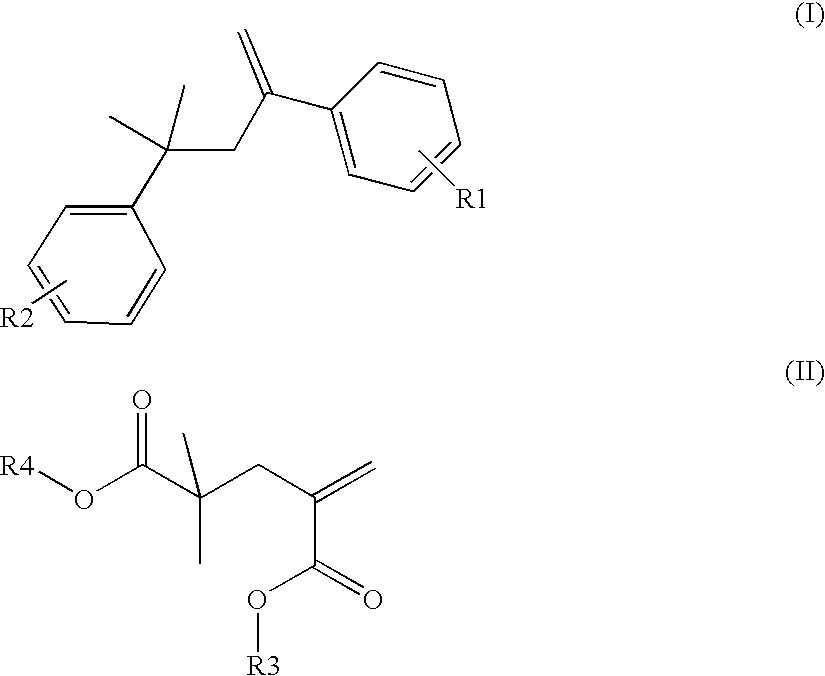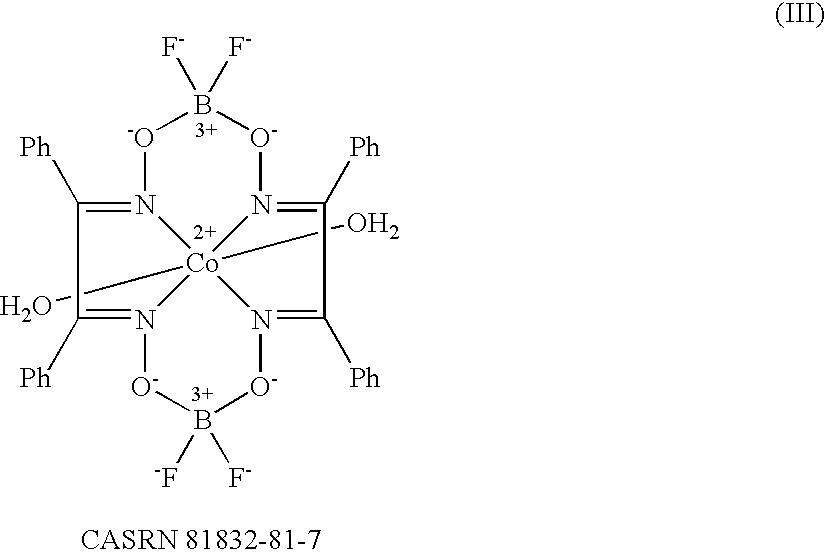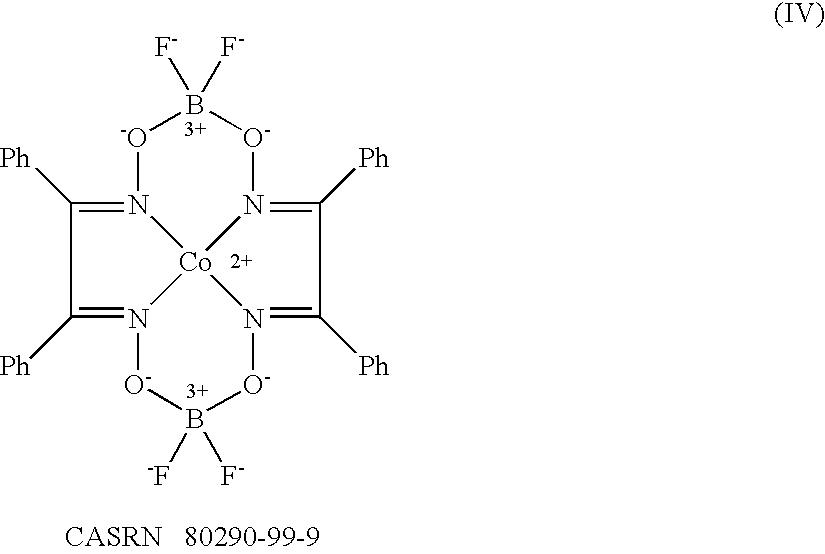Method of emulsion polymerization
a technology of emulsion polymerization and emulsion polymerization, which is applied in the field of emulsion polymerization, can solve the problems of ink bleeding, difficult to obtain small particle sizes in emulsion polymerization, and difficulty in re-entry in the aqueous phas
- Summary
- Abstract
- Description
- Claims
- Application Information
AI Technical Summary
Benefits of technology
Problems solved by technology
Method used
Image
Examples
Embodiment Construction
[0090] While the present invention will hereinafter be described in connection with preferred embodiments thereof, it will be understood that it is not intended to limit the invention to those embodiments. The molecular weights as mentioned in the examples are measured by means of Size Exclusion Chromatography using THF as solvent. Prior to this analysis the samples are freeze dried. The solids content are obtained by drying in a oven during 12 hours at 105.degree. C. Particle size of the latices are measured by means of light scattering using a Brookhaven BI90 particle sizer.
[0091] 1. Semi-Continuous Emulsion Polymerization of MMA (Methyl Methacrylate) Making Use of the MMA Dimer as Chain Transfer Agent (MMA=Methyl Methacrylate).
[0092] 20.0 g of a 10 wt % aqueous solution of an anionic surfactant as Empicol ESB 70 (lauryl ethoxy (2EO) sulfate) and 353 g of water were added into a 1 l jacketed reactor with nitrogen flow and stirred at 250 rpm. Subsequently the reactor was heated to ...
PUM
| Property | Measurement | Unit |
|---|---|---|
| particle size | aaaaa | aaaaa |
| particle size | aaaaa | aaaaa |
| particle size | aaaaa | aaaaa |
Abstract
Description
Claims
Application Information
 Login to View More
Login to View More - R&D
- Intellectual Property
- Life Sciences
- Materials
- Tech Scout
- Unparalleled Data Quality
- Higher Quality Content
- 60% Fewer Hallucinations
Browse by: Latest US Patents, China's latest patents, Technical Efficacy Thesaurus, Application Domain, Technology Topic, Popular Technical Reports.
© 2025 PatSnap. All rights reserved.Legal|Privacy policy|Modern Slavery Act Transparency Statement|Sitemap|About US| Contact US: help@patsnap.com



